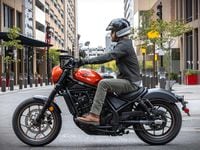Suzuki’s entry is the newest machine in this party of eight. But like the rest of the bikes, it uses an engine derived from an existing model. Starting with the 1400 Intruder mill—with its single overhead camshafts, three valves per cylinder, offset crankpins, and shaft final drive—the engineers increased both bore and stroke to bump displacement up to 1462cc, added flywheel mass, and put both carburetors between the cylinders. The deeply finned cylinders, which use air-cooling only up front and air/oil in the rear cylinder, appear taller and beefier than the 1400.
Two carbs and their requisite airbox plenums (the triangular “airbox” on the right side of the engine actually houses emissions components) left little room for fuel above the engine. As a result, the fuel tank was placed under the saddle, with its filler under a cover on the dummy fuel tank behind the speedometer. Pieces you might otherwise find under the saddle, such as the battery, were relocated. The battery hangs in front of the crankcase, under the big oil cooler. The rectifier and tool kit reside under the bulbous covers on the left side of the engine and driveshaft.
Partially because of the width of the under-seat fuel tank, the Intruder LC is the widest in a class that likes to strut its corpulent style. The width of the saddle and fenders draw remarks wherever you ride it. Fat tubeless tires on cast wheels hulk between covered 41mm fork stanchions up front. The rear suspension uses a clean single-shock system. Both ends rely on a single disc and twin-piston caliper for braking. In keeping with fat fashion, the Intruder LC uses floorboards and a heel-toe shifting arrangement.
With its $9899 price tag, Suzuki’s flagship cruiser is the most affordable of the big-inch cruisers, though the much smaller Triumph Thunderbird manages to undercut it in this group.
This article was originally published in the August 1998 issue of Motorcycle Cruiser.


/cloudfront-us-east-1.images.arcpublishing.com/octane/OQVCJOABCFC5NBEF2KIGRCV3XA.jpg)
/cloudfront-us-east-1.images.arcpublishing.com/octane/F3O2DGLA4ZBDJGNVV6T2IUTWK4.jpg)
/cloudfront-us-east-1.images.arcpublishing.com/octane/ZXYQE3MHLFDSPKNGWL7ER5WJ4U.jpg)
/cloudfront-us-east-1.images.arcpublishing.com/octane/RDF24VM7WVCOBPIR3V3R4KS63U.jpg)
/cloudfront-us-east-1.images.arcpublishing.com/octane/W7RSIBFISNHJLIJESSWTEBTZRQ.jpg)
/cloudfront-us-east-1.images.arcpublishing.com/octane/AERA26ENRNBW3K324YWCPEXYKM.jpg)
/cloudfront-us-east-1.images.arcpublishing.com/octane/YWX3YX7QBBHFXFDMEEEKRG4XJE.jpg)
/cloudfront-us-east-1.images.arcpublishing.com/octane/I7OKI53SZNDOBD2QPXV5VW4AR4.jpg)
/cloudfront-us-east-1.images.arcpublishing.com/octane/IH52EK3ZYZEDRD3HI3QAYOQOQY.jpg)
/cloudfront-us-east-1.images.arcpublishing.com/octane/K2FSAN7OWNAXRJBY32DMVINA44.jpg)
/cloudfront-us-east-1.images.arcpublishing.com/octane/G4XK7JL24FCUTKLZWUFVXOSOGE.jpg)
/cloudfront-us-east-1.images.arcpublishing.com/octane/JJNXVAC27ZCDDCMTHTQZTHO55Y.jpg)
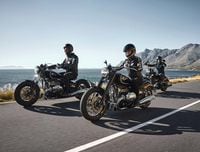
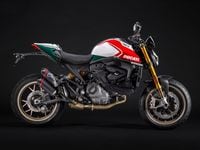
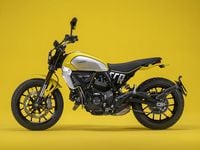
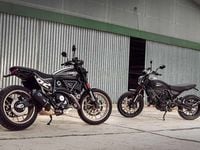
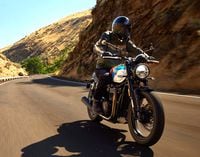
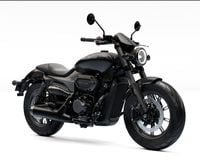

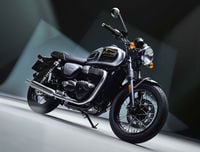

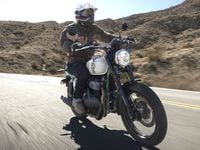
/cloudfront-us-east-1.images.arcpublishing.com/octane/3VSTLPKOHNFTRJTIAAXDPGCPA4.jpg)
